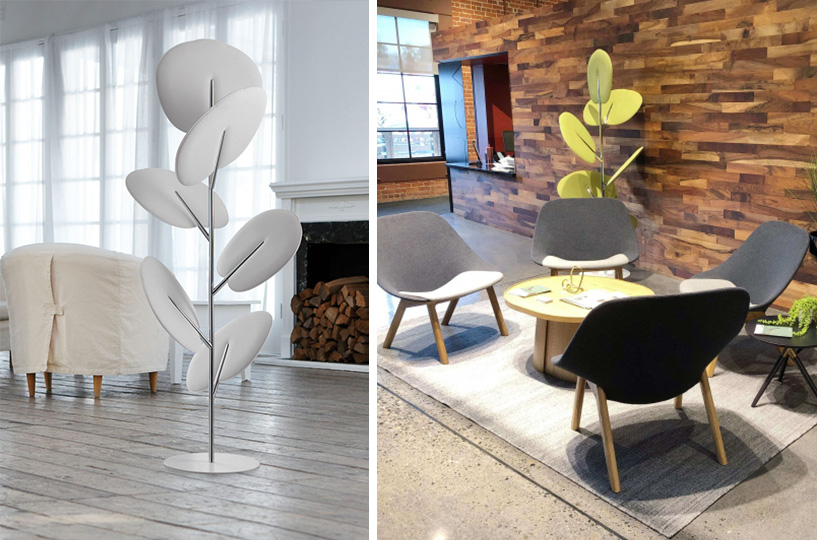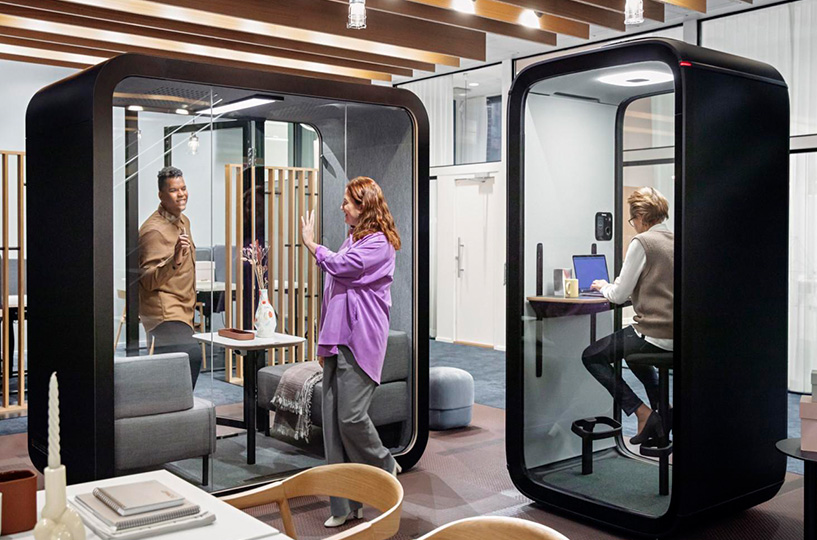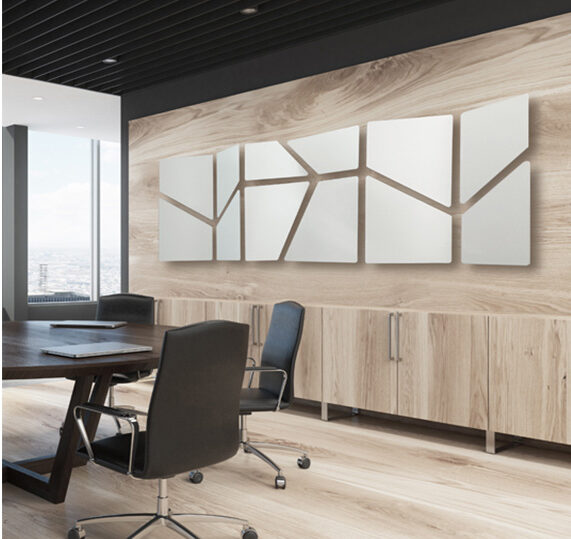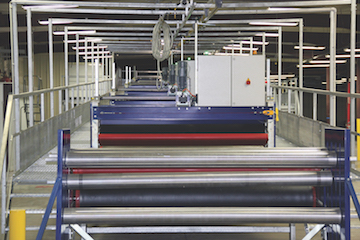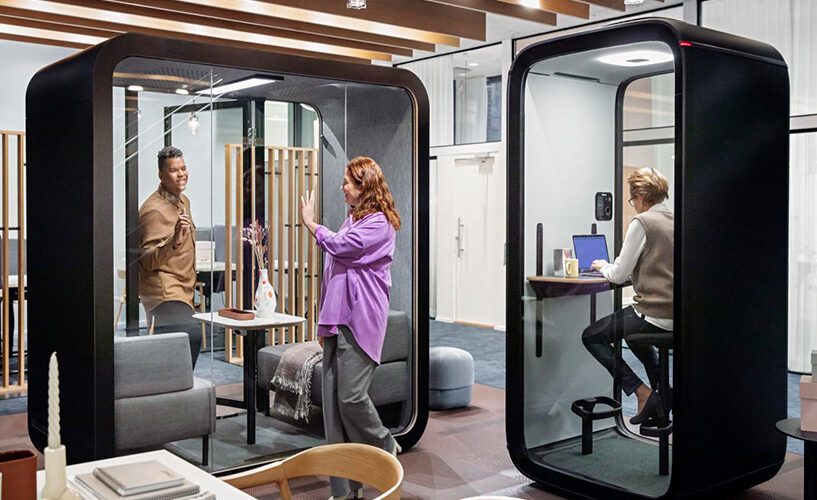Improve your office acoustics with intentional design approach
June 1, 2022
This paid piece is sponsored by TSP.
With more members of the workforce continuing to return to their traditional office setting, the importance of acoustics is receiving more attention than before the COVID-19 pandemic.
Brenna Wiertzema, an interior designer at TSP, has noticed a more intentional focus on controlling sound, which can be a greater challenge in open-design office spaces.
“I think the main reason we’re seeing a greater focus on acoustics now specifically is just because people have been used to working from home in the past months or years due to COVID-19 and then coming back into an environment that’s not what they’re used to anymore,” she said. “It’s more distracting and more disruptive.”
Employee satisfaction is tied closely to acoustics within the workspace, and when conditions are subpar, people are not able to focus, and stress levels increase when environments are too lively, Wiertzema said. One of the main complaints is overhearing other people’s conversations.
Wiertzema said many of the tips for maximizing a home office space equally are effective in the traditional office. On an individual level, that can include the use of noise-canceling headphones and white noise apps. Soft elements are effective for absorbing sound, which make carpet, acoustic ceiling tiles, plants and window treatments beneficial items for sound reduction in the office. In addition, underlayments for hard surfaces can help with noise caused by foot traffic.
Wiertzema’s role at TSP, a multidisciplinary firm offering architecture, engineering, planning and interior design services, includes ongoing research into corporate design trends. Wiertzema said exploring ways to improve the acoustic experience is an opportunity to stay up to date on the best solutions available for clients. One such theme involves the incorporation of naturally inspired elements into the workspace. Acoustical “plants,” which can be freestanding, are intended to focus on nature and warm colors.
Image courtesy of Snowsound
Quiet pods, meanwhile, are emerging options as a location for personal phone calls and videocalls, or when focus time is crucial.
“Part of that is technology and connectivity with the increase in virtual meetings and the added need for privacy during those meetings in an open-office setting,” Wiertzema said. “That’s one solution to keep your meeting less disruptive from the rest of an open office, but it’s also a good place to make a private phone call.”
Image courtesy of Framery Acoustics
Special acoustical treatments such as wall and ceiling panels, partitions, room dividers and desk-mounted partitions are among other solutions that can enhance office acoustics. New sound-absorbing products are developed each year that look less like plain panels and more like artwork, Wiertzema noted.
Image courtesy of Snowsound
Interior design, Wiertzema said, is focused on life and safety. Each project is unique and requires a balance between aesthetics and performance/safety.
For example, the slip resistance of flooring and ease of cleaning that floor or arranging furniture to ensure proper clearances and walkways in case of an emergency are examples of considerations within interior design.
A more recent consequence to result from the presence of COVID-19 involves greater demand for surfaces that are easier to clean. However, hard surfaces result in livelier spaces and less sound absorption.
“Again, it’s kind of that balancing act on wanting our surfaces to be cleanable, hygienic and easy to sanitize,” Wiertzema said. “But we also need to be cognizant of the noise level and dealing with that.”


